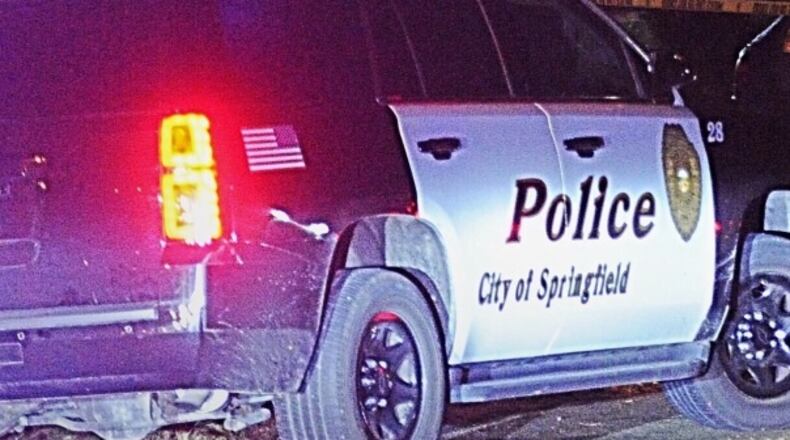However, how much the city could receive is still unknown as there has been a high demand for these state grant dollars and applications are being approved and awarded in different phases.
If the city’s full request is met it will allow for the purchasing of the cameras to be used by Springfield police officers as well as help cover the initial costs of implementing them into the service of the police division.
Springfield police officers do not have or wear body cameras as officials have cited in the past the high costs of acquiring that equipment. However, officials have expressed interest in implementing body cameras for a number of years.
Graf said the city would be budgeting to have a camera for every person in the division, which at full staff is 130. However, that does not mean every officer in the division will be wearing a camera all the time, the police chief added.
Graf previously stated that uniform patrol would be wearing cameras as well as supervisors who will be working the street. That also includes those answering 911 calls. But he said they have been working out the subtle details as to when detectives would be required to wear the cameras and how that would work.
A tentative draft of Springfield’s body camera policy has been created and submitted as part of the grant application process.
The Ohio Body-Worn Camera Grant Program was included in the state’s 2022-2023 operating budget, which was passed by the Ohio General Assembly last year. The grant program aims to dispense a total of $10 million over a period of two years to local law enforcement agencies.
At the end of January, more that $4.7 million in that grant funding had been awarded to 109 of those agencies in order to launch or maintain a body camera programs, according to a news release from Gov. Mike DeWine’s office.
The release said the 49 of those awardees would be using the funding to create new programs and 60 would use it to expand or upgrade existing technology.
As a result of that round of funding, the Bellefontaine Police Department received $79,650 and the Logan County Sheriff’s office received $46,206 in that grant funding.
“Body cameras have quickly become a necessary tool for modern policing,” said DeWine. “With these grants, more than four dozen law enforcement agencies that have never had body cameras before will be able to invest in this technology to help protect their officers and offer transparency to the public.”
Those qualifying agencies that applied but did not receive a grant are expected to be funded through future grant awards, DeWine’s office stated
Additional body-worn camera funding will also be offered as part of the $250 million in American Rescue Plan Act funds that will be allocated to state and local first-responder agencies. The purpose is to counter an “increases in violent crime and to mitigate impacts to staffing levels and first-responder wellness caused by the COVID-19 pandemic, stated a release by the governor’s office.
About the Author

